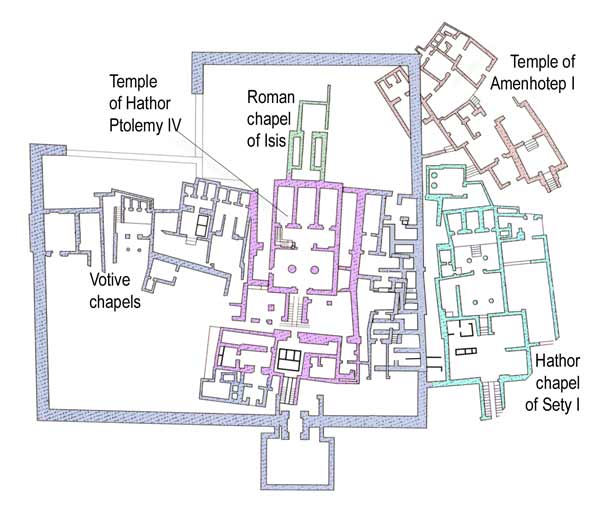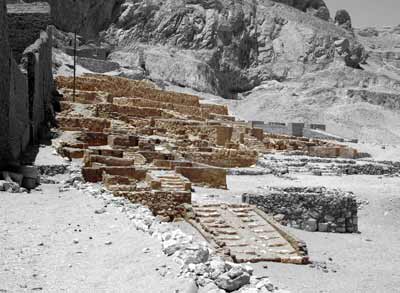 Temple of Hathor at Deir el Medina
Temple of Hathor at Deir el Medina
exterior of the temple interior of the courtyard
A small valley was the area where a community of workmen who constructed the royal tombs in the Valley of the Kings had their village. On the north side of the village several temples were built, the largest of which was begun by Amenhotep III and almost completely rebuilt and expanded in later times - long after the village had been deserted.
The temple of the cult of Amenhotep I (1525-1504 bc) stands on the terrace above the Ptolemaic temple at its north corner. The original structure was small and the surrounding walls were added later.
On the north side of the complex is the site where Sety I (1294-1279 BC) built a temple for the villagers for Deir el Medina. It was considerably larger than Amenhotep's temple and it consists of a series of enclosures before a tripartite sanctuary. The image shows the steps leading from each of the enclosures.
Exterior of the Enclosure Wall

Images of the exterior of the temple enclosure. This mud brick curtail wall was added during the Ptolemaic development, long after the worker's village of Deir el Medina had been abandoned.
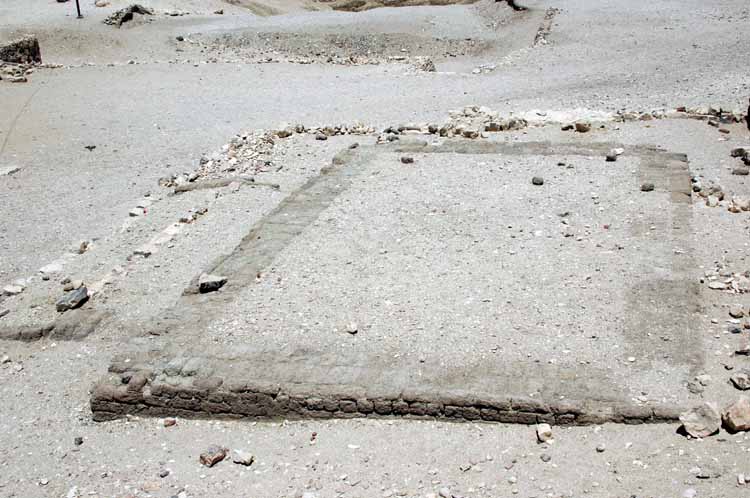 The
base of mud brick wall can be found directly opposite the temple's
entrance. The plan of the temple does show a structure, but this
is approximately 25 feet from the entrance. Dieter Arnolds' "The
Encyclopaedia of Ancient Egyptian Architecture" does show a plan of this
structure and it is referenced as being added during the Ptolemaic
phase.
The
base of mud brick wall can be found directly opposite the temple's
entrance. The plan of the temple does show a structure, but this
is approximately 25 feet from the entrance. Dieter Arnolds' "The
Encyclopaedia of Ancient Egyptian Architecture" does show a plan of this
structure and it is referenced as being added during the Ptolemaic
phase.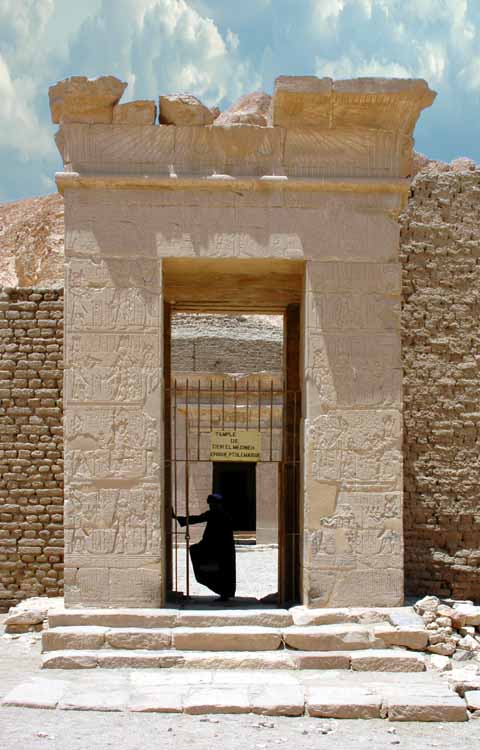 Picture
of the exterior curtail wall's entrance, added during the Ptolemaic
re-working of the temple.
Picture
of the exterior curtail wall's entrance, added during the Ptolemaic
re-working of the temple.
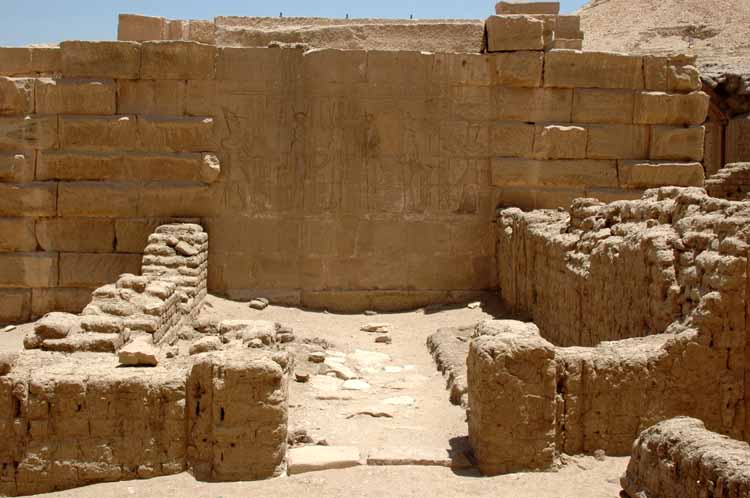 Interior
of the Enclosure Wall
Interior
of the Enclosure Wall Picture
2
Picture
2 Picture
3
Picture
3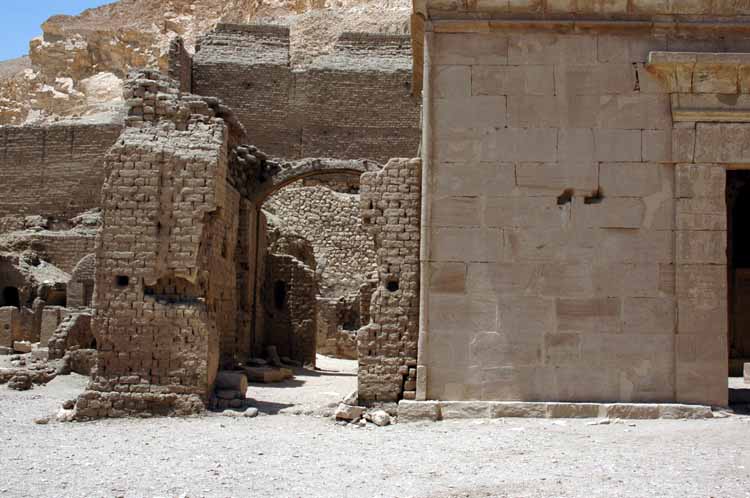 Picture
4
Picture
4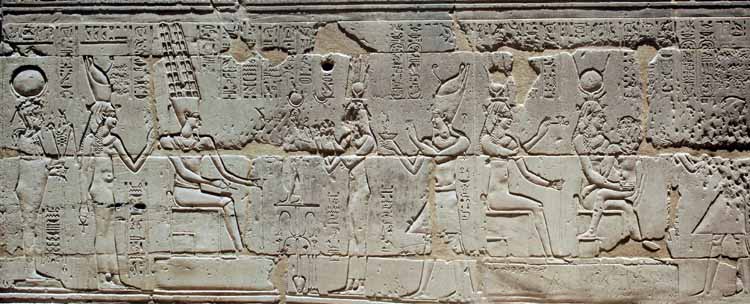
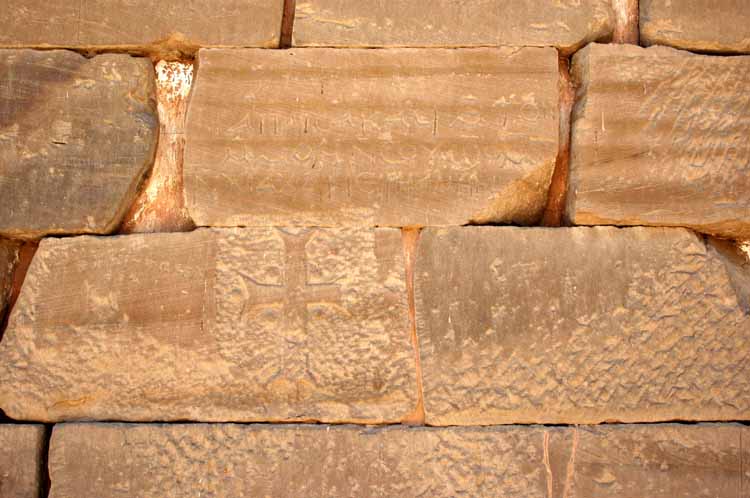
 Ptolemaic
temple of Hathor
Ptolemaic
temple of Hathor Directly to the north of
the village is the small Ptolemaic temple dedicated to Hathor. It
is also dedicated to Maat, Amenhotep son of Hapu and to Imhotep.
During the Coptic period it was converted into a monastery, which
ironically gave it protection when other temple were defaced.
Directly to the north of
the village is the small Ptolemaic temple dedicated to Hathor. It
is also dedicated to Maat, Amenhotep son of Hapu and to Imhotep.
During the Coptic period it was converted into a monastery, which
ironically gave it protection when other temple were defaced.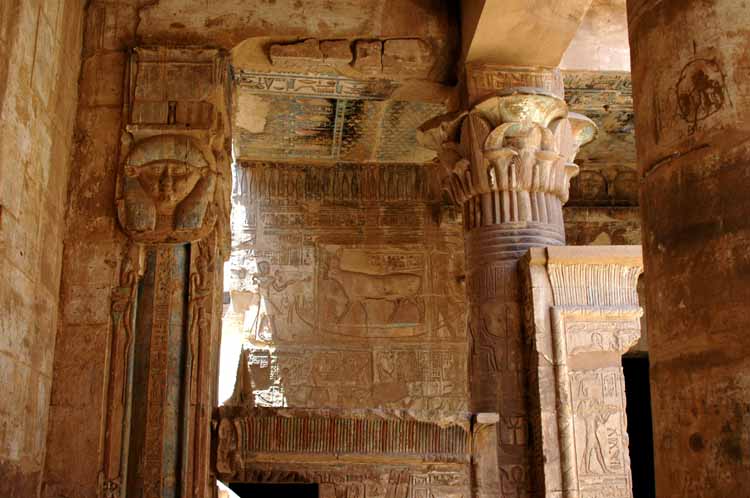


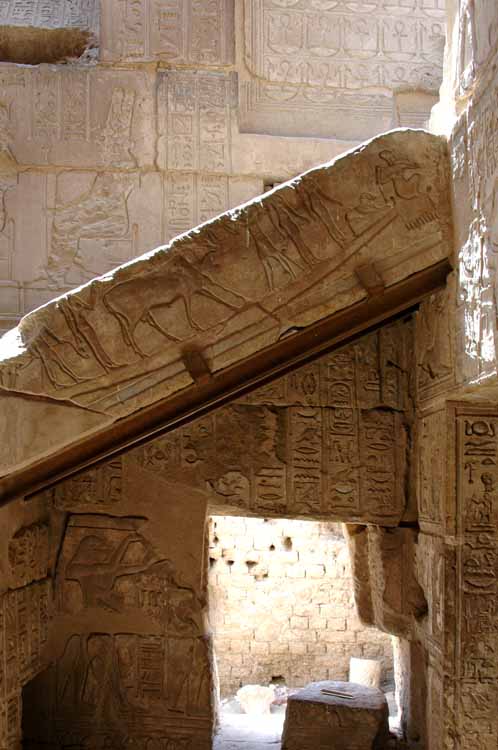
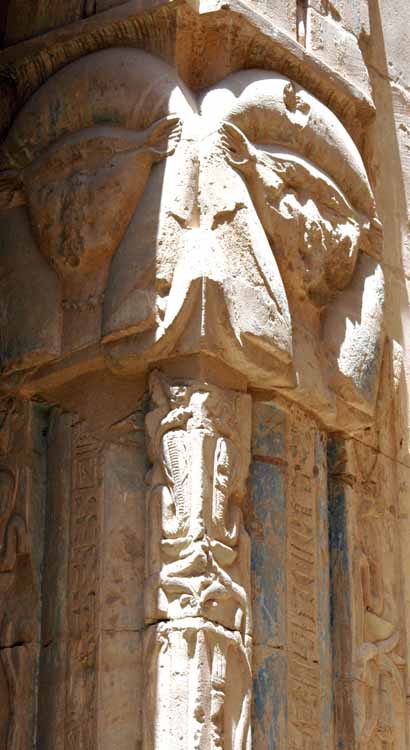
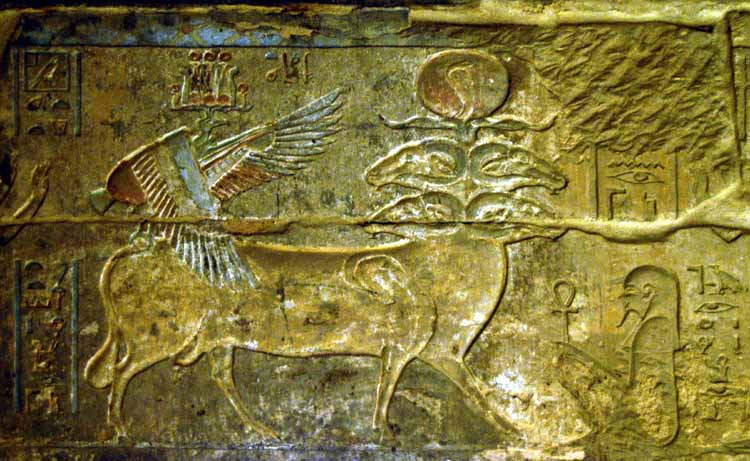
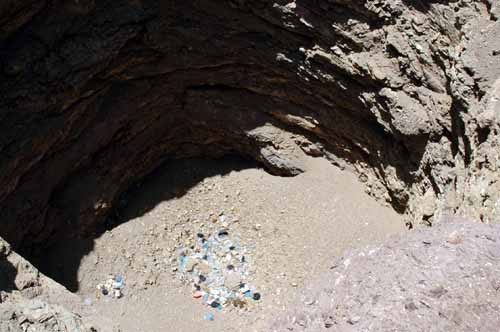
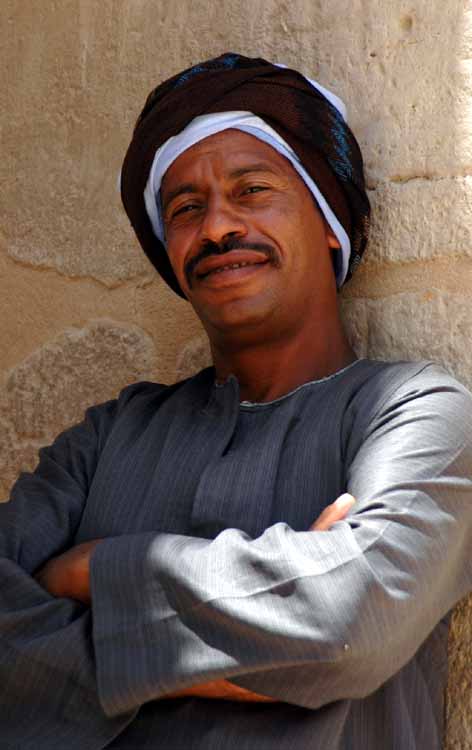 Picture of the great pit which
is to the north of the village of Deir el Medina. This picture doesn't
give justice to the pit's depth which is over 100 feet and very sheer.
Picture of the great pit which
is to the north of the village of Deir el Medina. This picture doesn't
give justice to the pit's depth which is over 100 feet and very sheer. 